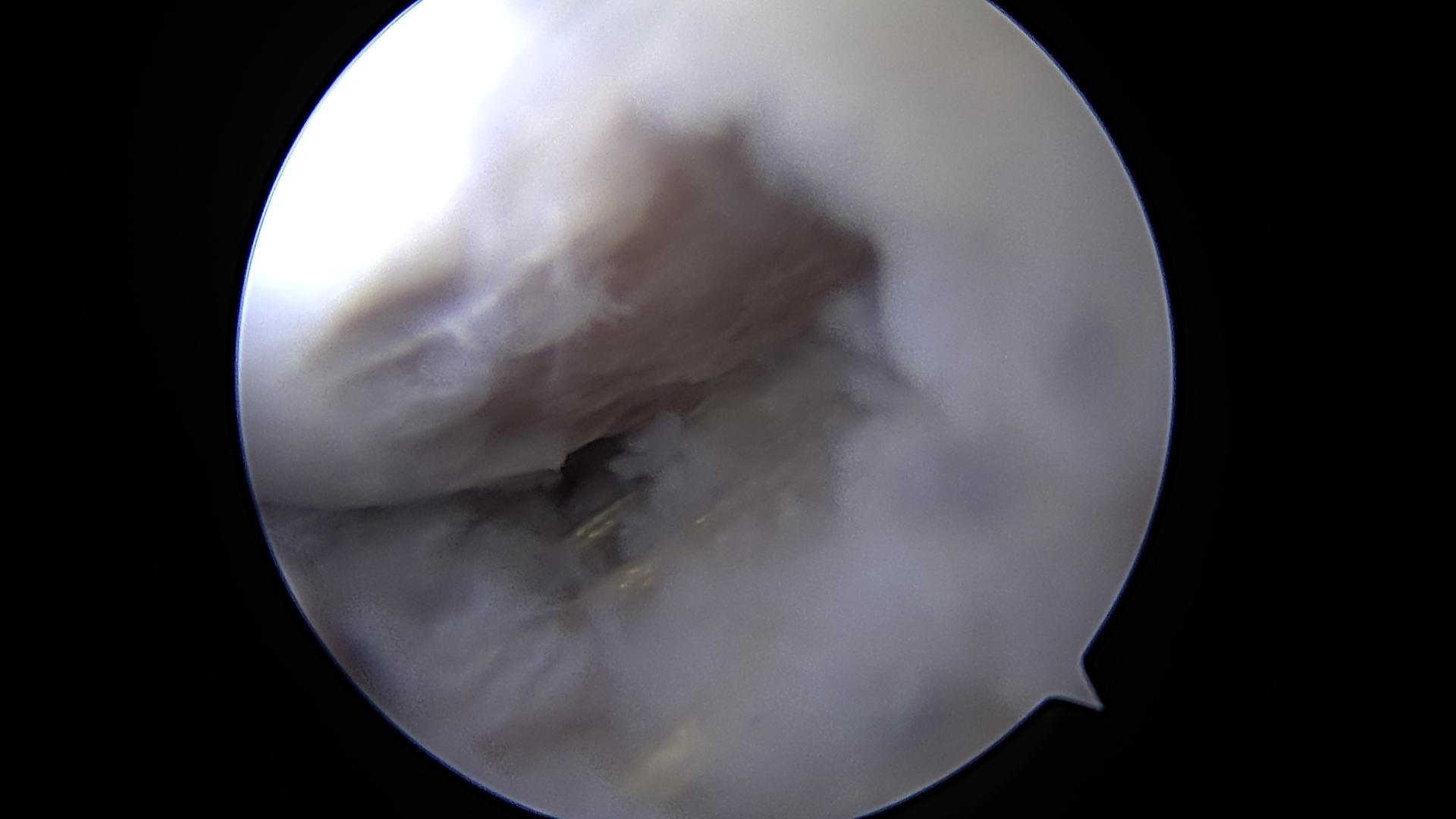What is Hip Instability (Microinstability or Hypermobility)?
Hip instability may be divided into two types: traumatic or atraumatic. The diagnosis is made based on history, physical examination, and imaging studies. Imaging studies that may be performed include plain X-rays, CT scans, MRI, and MRI arthrography. Physical examination studies include tests for generalized ligamentous laxity (e.g. Beighton criteria) and the hip dial test.
Office Appointments and Telemedicine with Dr. Carreira

You can also book an office appointment or a telemedicine visit by calling Dr. Carreira’s office at 404-355-0743. Book now.
In contrast to traumatic hip instability which occurs with a specific event or injury, atraumatic hip instability occurs in the chronic setting. Collagen disorders, such as Ehlers-Danlos disease, may be identified in rare cases.
Other causes of chronic instability include rotational instability in athletes and dancers, particularly those in which extremes of range of motion of the hip are performed repetitively.
Instability of the hip may also be contributed by hip dysplasia, in which a relative decrease in the bone coverage of the hip joint contributes to abnormal motion of the joint.
True hip dislocations are extremely rare in these patients, and most patients complain of pain, snapping hips, and gait abnormalities. Surgical treatment of chronic instability oftentimes may be performed through hip arthroscopy, and consists of a tightening, or capsular plication with sutures, of the capsule and ligaments of the hip joint. The iliopsoas tendon and ligamentum teres act as dynamic stabilizers of the hip joint and may be affected by instability.
Nonsurgical Treatments
Nonsurgical treatment consists primarily of rest and physical therapy, with an emphasis on isometric strengthening of the muscle groups around the hip.
Surgical Treatments
Surgical treatment may be performed acutely in overt traumatic injuries when there is an associated fracture, or when there are loose bodies of bone and/or cartilage in the joint. Most of these fractures are treated with open surgery and plates and screws. Seldomly, acetabular fractures may be treated with arthroscopic assistance.
Capsular Plication as Surgical Treatment

The photo above features an arthroscopic view of a capsular plication. The sutures are tied to tighten the joint capsule.

This picture demonstrates a capsular plication in a professional dancer. Note the three sutures that are doubled over and crossing the bottom of the picture.
Arthroscopic Management of Hip Microinstability and Borderline Dysplasia
An online presentation via Zoom, Dr. Dominic Carreira presented to the 2020 Georgia Orthopedic Society Annual Meeting covering the Arthroscopic Management of Hip Microinstability and Borderline Dysplasia.
Capsular Plication to Address Hip Instability
The above video demonstrates a capsular plication. The goal of capsular plication is to reduce the volume of the capsule and is done by passing multiple sutures. After passing the sutures and while tightening, adjustments to the tension of the tightening can be performed by testing different position of the thigh. (This video has no sound.)


